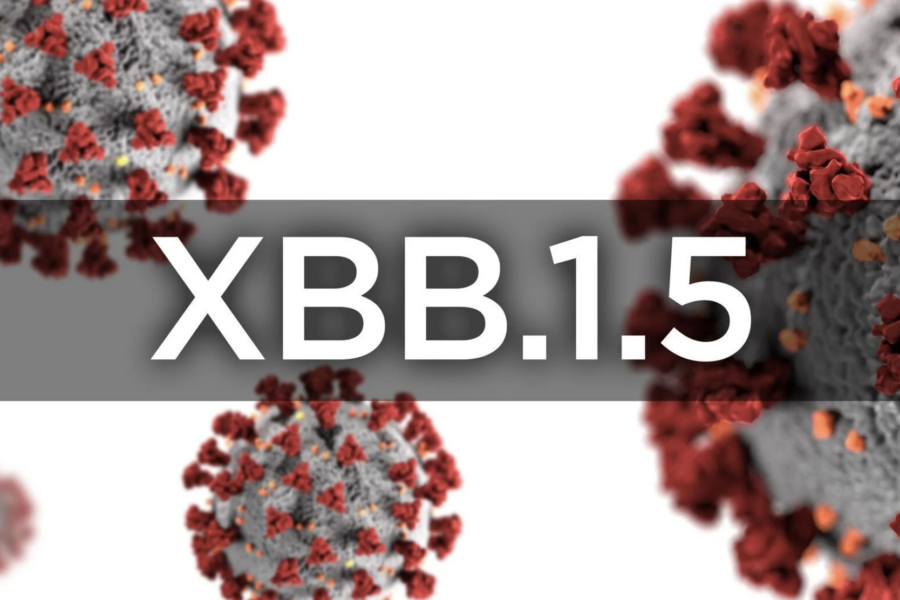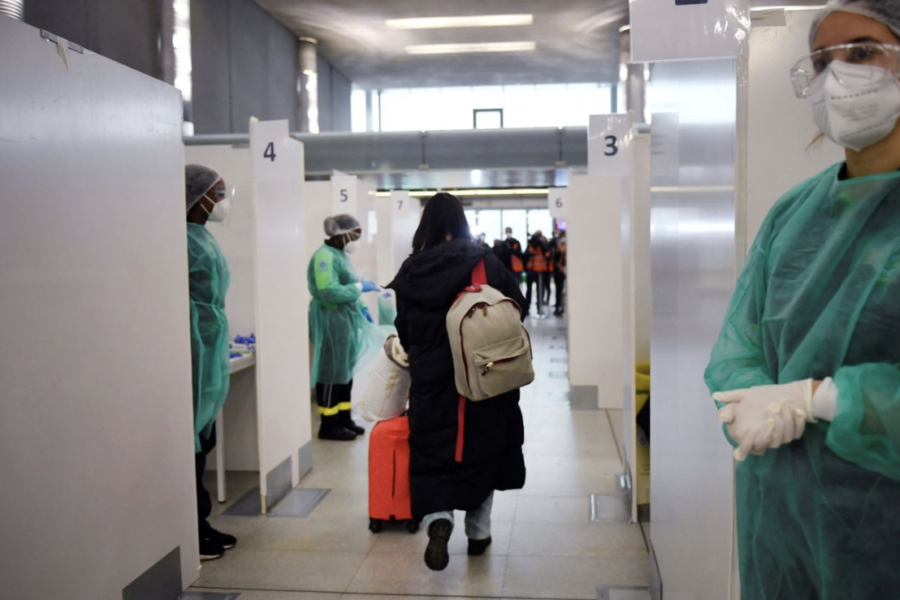Category: Emerging Infectious Diseases
China stops counting cases as models predict a million or more deaths
(BMJ) China has effectively stopped counting covid cases and deaths, abandoning mass testing and adopting new criteria for counting deaths that will exclude most fatalities from being reported. The Chinese National Health Commission’s official daily briefing, which had offered detailed if uninformative statistics every day since February 2020, has not been published since 24 December. […]
Jan 3, 2023
China infection surge on agenda at WHO coronavirus meeting
(UN) In Geneva, a spokesperson for the WHO confirmed during a scheduled press briefing that Chinese scientists had been invited to participate in a meeting of the Technical Advisory Group on COVID-19. The 30-strong expert group was formed in June 2020 to advise the UN health agency and Member States on coronavirus mutations and variants. The […]
Jan 3, 2023
Features and risk factors of post-COVID-19 syndrome: Findings from a longitudinal study in Bangladesh
(The Lancet) A comprehensive study of the post-COVID syndrome (PCS) remains scarce in low-and middle-income countries. We assessed the prevalence, incidence rate, evolution over time, and risk factors of PCS among hospitalized (HS) and non-hospitalized (NHS) COVID-19 survivors. We undertook a prospective longitudinal study of COVID-19 survivors at months 1, 3, and 5 post-discharge or […]
Jan 3, 2023
‘Unique’ mix of COVID-19 variants in Australia a challenge for antiviral treatments, study finds
(Nature) Severe acute respiratory syndrome coronavirus 2 (SARS-CoV-2) breakthrough infections in vaccinated individuals and reinfections in previously infected individuals have become increasingly common. Such infections highlight a broader need to understand the contribution of vaccination, including booster doses, and natural immunity to the infectiousness of individuals with SARS-CoV-2 infections, especially in high-risk populations with intense […]
Jan 3, 2023
Covid’s winter surge is poised to exceed summer peak
(Stat News) The number of people in the United States hospitalized with Covid-19 is about to surpass the figure reached during this summer’s spike, federal data show, as a confluence of factors — from the continued evolution of the coronavirus to holiday gatherings — drives transmission. Notably, the number of people hospitalized with Covid — roughly 40,000 — […]
Jan 3, 2023
Omicron offshoot XBB.1.5 could drive new Covid-19 surge in US
(CNN) For weeks, scientists have been watching a slew of Omicron descendants duke it out for dominance of Covid-19 transmission in the United States, with the BQs – BQ.1 and BQ.1.1 – seeming to edge out all the others to claim a slight lead. The result has been a gradual rise in cases and hospitalizations […]
Jan 3, 2023

Severe COVID-19 increases the risk of schizophrenia
(Psychiatry Research) The coronavirus SARS-CoV-2 invades the central nervous system, impacting the mental health of COVID-19 patients. We performed a two-sample Mendelian randomization analysis to assess the potential causal effects of COVID-19 on schizophrenia. Our analysis indicated that genetic liability to hospitalized COVID-19 was associated with an increased risk for schizophrenia (OR: 1.11, 95% CI: […]
Jan 3, 2023
How deadly will China’s covid surge get?
(Washington Post) How fast is the virus spreading? How long will the surge last? Will it spawn a new variant? Experts weigh in on what the science can reveal. When China ended the drastic lockdowns and restrictions that were in place for the past three years, it triggered a surge of cases and deaths in […]
Jan 3, 2023

EU Moves Toward Requiring Covid Tests for Passengers From China
(Bloomberg) The European Union is moving toward an approach to the rampant Covid outbreak in China that may include masks and pre-flight testing requirements on flights from the country. EU health advisers agreed Tuesday on a draft opinion that includes masking recommendations and increased wastewater monitoring, while also suggesting a discussion on Covid testing, according […]
Jan 3, 2023

China media plays down COVID severity as WHO seeks detail on variants
(Reuters) State media in China played down the severity of a surge of COVID-19 infections ahead of a briefing on Tuesday by its scientists to the World Health Organization, which was hoping for a “detailed discussion” on the evolution of the virus. China’s abrupt U-turn on COVID controls on Dec. 7, as well as the […]
Jan 3, 2023
